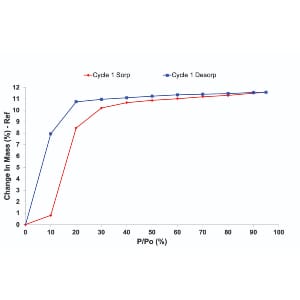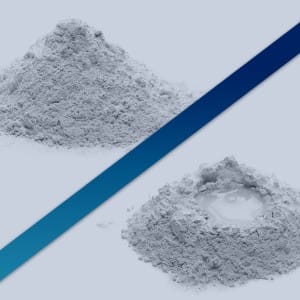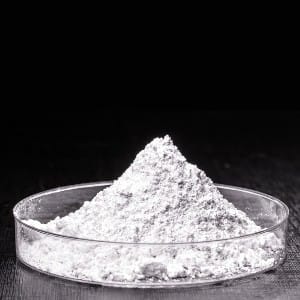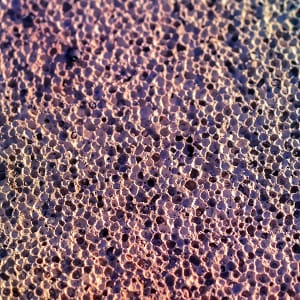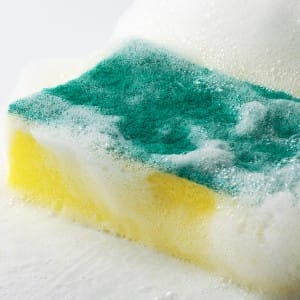Determination of Surface Energy using the IGC Software.
The latest advancement on DVS is its Speed of Sound sensor which increases the reliability and accuracy of DVS data by providing the only method to directly measure solvent vapor concentrations.
Webinar exploring moisture sorption and wet granulationas with speaker Dr. Daniel Burnett, Vice President of Surface Measurement Systems NA.
Employing research findings, case studies and in-depth looks at innovative technology, Dr. Burnett will take you through the effects that differences in moisture sorption have on wet granulation in samples. With an opportunity to engage the speaker in a live Q&A, this is an unmissable session for any whose research involves granulation.
The most common property measure by inverse gas chromatography. It is analogous to the surface tension of liquids. Defined as the excess energy at the surface of a material compared to the bulk. Directly related to the thermodynamics work of adhesion Can be divided into a dispersive, acidic, and basic components.
The main difference between inverse GC and analytical GC is that we invert the roles of the stationary and mobile phase. So in inverse GC, we have a column, it could be a film, a fiber, a granule and we have carrier gas, nitrogen or helium and then we inject the probe molecule with known properties and measure the retention time of that probe molecule as it travel across the surface of the materials of interest.
Damiano Cattaneo, Instrumentation Scientist of Surface Measurement Systems, shows the different types of materials that can be characterised using Dynamic Vapor Sorption (DVS) instruments.
The moisture sorption properties of food materials are fundamental considerations for the development and enhancement of food products since they may influence the stability and performance during processing, storage, and product use and this is especially true for food products that can take up a high amount of water.
Shelf-life assessment is of great importance to the food industry as food ingredients can spoil due to exposure to humidity. Similarly, excessive drying may lead to materials instability as well as improper packing techniques which can cause the food products to react with oxygen.
This webinar presented how Dynamic Vapour Sorption (DVS) technique may be used to rapidly assess the sorption isotherms and the kinetics of moisture loss and drying of various materials in order to predict materials stability. Case studies and sample experiments were also presented.
For the iGC Symposium 2016, Dr Steve Page of P&G shares his works on Consumer Product Research using Inverse Gas Chromatography for fabric care applications.


